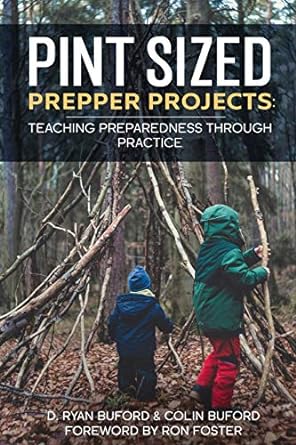How to: Foraging for Spring Edibles 11- Yarrow (Achillea millefolium)
Share
Video
06/23/2014
Next to Plantain (Plantago Spp.) Yarrow is THE premier wild plant, "weed", to get to know and develop a relationship with. The Latin name for the plant, is actually derived from the Greek hero Achilles. Historically, the plant was used to treat war wounds during the Trojan wars.Traditionally, it was used for three types of ailments: applied topically, for wounds and minor bleeding; to reduce inflammation, especially in the digestive tract; and to alleviate anxiety or insomnia (as a sedative).
Yarrow is a very valuable and versatile medicinal herb, with much scientific evidence of use in alternative medicine as an antiseptic, antispasmodic, astringent, carminative, diaphoretic (increasing perspiration), digestive, emmenagogue (induces or hastens menstrual flow), stimulant, and tonics, vasodilator (blood vessel dilator, opens vessels) and vulnerary. Yarrow is used against colds, cramps, fevers, kidney disorders, toothaches, skin irritations, and hemorrhages, and to regulate menses, stimulate the flow of bile, and purify the blood. Medicinal tea is a good remedy for severe colds and flu, for stomach ulcers, amenorrhea (the abnormal cessation of menstruation.), abdominal cramps, abscesses, trauma and bleeding, and to reduce inflammation.
The main constituents are volatile oils including linalool, camphor, sabinene, and chamazulene, sesquiterpene lctones, flavanoids, alkaloids including achilleine, polyacetylenes, triterpenes, salicylic acid, coumarins, and tannins which prove these uses in alternative medicine to be effective. Extracts of yarrow exhibit antibiotic activity and may also act as anti- neoplastic drugs. Externally for treating wounds and stopping the flow of blood. Yarrow oil has been traditionally used in hair shampoos.
In fact this anti-hemorrhaging action is exactly what Yarrow is best known from. It has many names such as: soldier's woundwort, ,arrowroot, bad man's plaything, carpenter's weed, knight's milefoil, soldier, soldier's woundwort..and nosebleed being the most common. The leaves have been used to staunch the flow of a nose bleed.
Yarrow is a very effective insect repellent. Mosquitoes do not stop buzzing around you but, they do stop biting. So as a resident of Minnesota, whose state bird IS the mosquito ;-) and I, being outside a lot. Yarrow is a cheap and effective alternative to DEET. And of course, it is a good after bite remedy as well. Furthermore, yarrow is also an excellent sunscreen (seems to be the highest SPF one can find).
========================
The plants featured are:
Yarrow (Achillea millefolium)
Weeping Willow (Salix babylonica)
========================
FORAGING RULES:
1). Only harvest plants that you have 110% positively identified.
2). Only harvest from areas where you have permission to do so.
3). Only harvest from areas you know are not sprayed, contaminated, or polluted.
4).Only use your harvest after they have been well washed in water.
5). Only ingest small amounts at first; If you choose to do so it is AT YOUR OWN RISK! DO NOT use this short video as the source of truth...DO YOUR OWN RESEARCH and/or find someone in your area who is knowledgeable and competent
#5 is especially important if you are new to wild foraging. Aside from the obvious dangers of thistles, poison ivy, poison oak, and deadly water hemlock...Many wild plants contain off the charts vitamins and minerals which might create a shock to your system...considering the nutrient count of your average domesticated vegetable foodstuffs.
Also and adendem to rule #1 is follow Green Deane's of EatTheWeeds I.T.E.M-ize Rules:
(I)dentify the plant beyond doubt....be sure it is the right
(T)ime of year. Check its
(E)nvironment. This involves two things. One is making sure it is growing in the right place. The other is making sure the plant is getting clean water and is not in polluted soil. And then...
(M)ethod of preparation.
SORRY - There are no steps for this How-To. Please check back later. Or drop me a line at
TheUrbanAbo@gmail.com to let me know you wanna see this one fleshed out.







